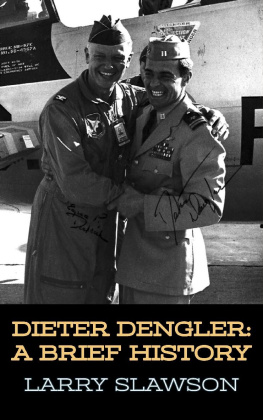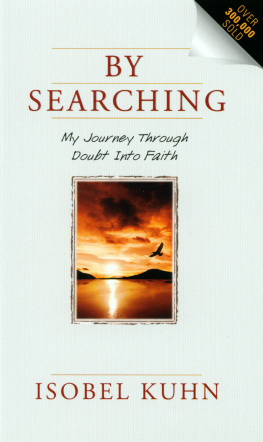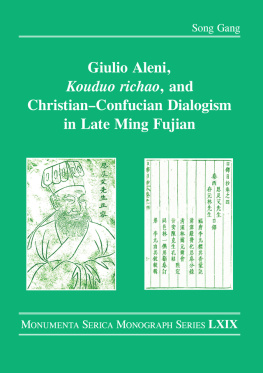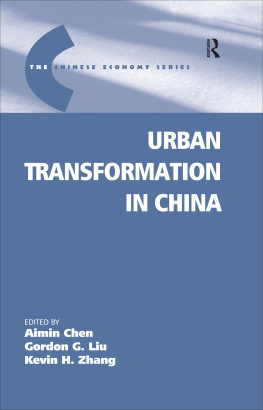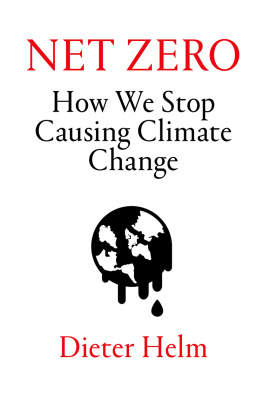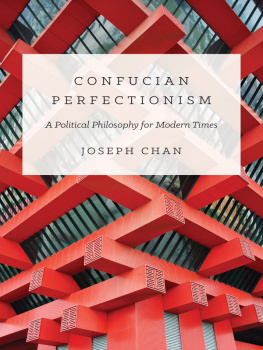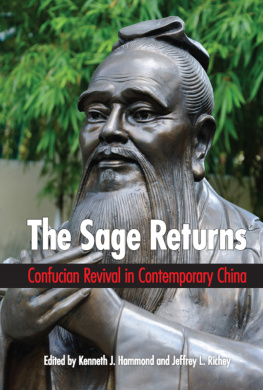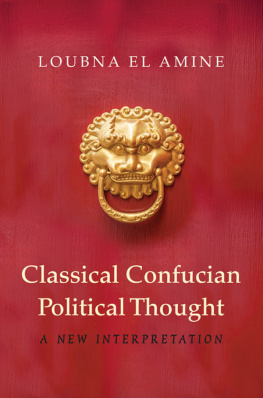Dieter Kuhn - The Age of Confucian Rule: The Song Transformation of China
Here you can read online Dieter Kuhn - The Age of Confucian Rule: The Song Transformation of China full text of the book (entire story) in english for free. Download pdf and epub, get meaning, cover and reviews about this ebook. year: 2011, publisher: Harvard University Press, genre: Science. Description of the work, (preface) as well as reviews are available. Best literature library LitArk.com created for fans of good reading and offers a wide selection of genres:
Romance novel
Science fiction
Adventure
Detective
Science
History
Home and family
Prose
Art
Politics
Computer
Non-fiction
Religion
Business
Children
Humor
Choose a favorite category and find really read worthwhile books. Enjoy immersion in the world of imagination, feel the emotions of the characters or learn something new for yourself, make an fascinating discovery.
- Book:The Age of Confucian Rule: The Song Transformation of China
- Author:
- Publisher:Harvard University Press
- Genre:
- Year:2011
- Rating:5 / 5
- Favourites:Add to favourites
- Your mark:
- 100
- 1
- 2
- 3
- 4
- 5
The Age of Confucian Rule: The Song Transformation of China: summary, description and annotation
We offer to read an annotation, description, summary or preface (depends on what the author of the book "The Age of Confucian Rule: The Song Transformation of China" wrote himself). If you haven't found the necessary information about the book — write in the comments, we will try to find it.
Dieter Kuhn: author's other books
Who wrote The Age of Confucian Rule: The Song Transformation of China? Find out the surname, the name of the author of the book and a list of all author's works by series.
The Age of Confucian Rule: The Song Transformation of China — read online for free the complete book (whole text) full work
Below is the text of the book, divided by pages. System saving the place of the last page read, allows you to conveniently read the book "The Age of Confucian Rule: The Song Transformation of China" online for free, without having to search again every time where you left off. Put a bookmark, and you can go to the page where you finished reading at any time.
Font size:
Interval:
Bookmark:
HISTORY OF IMPERIAL CHINA
Timothy Brook, General Editor
The Early Chinese Empires: Qin and Han
Mark Edward Lewis
China between Empires: The Northern and Southern Dynasties
Mark Edward Lewis
Chinas Cosmopolitan Empire: The Tang Dynasty
Mark Edward Lewis
The Age of Confucian Rule: The Song Transformation of China
Dieter Kuhn
The Troubled Empire: China in the Yuan and Ming Dynasties
Timothy Brook
Chinas Last Empire: The Great Qing
William T. Rowe
THE SONG TRANSFORMATION OF CHINA
Dieter Kuhn
THE BELKNAP PRESS OF HARVARD UNIVERSITY PRESS
Cambridge, Massachusetts
London, England
Copyright 2009 by the President and Fellows of Harvard College
All rights reserved
Printed in the United States of America
First Harvard University Press paperback edition, 2011
Library of Congress Cataloging-in-Publication Data
Kuhn, Dieter, 1946
The age of Confucian rule: the Song transformation of China / Dieter Kuhn.
p. cm.(History of Imperial China)
Includes bibliographical references and index.
ISBN 978-0-674-03146-3 (hardcover)
ISBN 978-0-674-06202-3 (pbk.)
1. ChinaHistorySong dynasty, 960-1279.
2. ChinaIntellectual life221 B.C.960 A.D.
3. Confucianism and StateChina. I. Title.
DS748.55.K84 2009
951.024dc222008006910
THE AGE OF CONFUCIAN RULE
The Song Transformation of China
THE tenth-century transition from the late Tang to the early Song empire marks the most decisive rupture in the history of imperial China. The old world of the northern hereditary aristocratic families, with genealogies going back hundreds of years, finally vanished in the turmoil and civil wars between 880 and 960, and with their fall the old statecraft was forgotten or lost. A newly emerging class of scholar-officials, trained in Confucian doctrine and graduated in a competitive civil service examination system, was willing and well-prepared to take on responsibility for reshaping Chinese tradition. Their political, ideological, philosophical, cultural, literary, artistic, technological, and scientific achievements, combined with powerful economic forces that reconfigured daily life, have come to define our understanding of the Song as a transformative dynasty. Few periods in Chinese history are as rewarding as this in demonstrating the willingness of the Chinese to restructure and reform their society as a whole. Some historians have gone so far as to call the Song transformation a Chinese renaissance that heralded the dawn of modernity.
Previous dynasties had relied on the great families, aristocratic officials, scholars, and military men. It was only during the Song empire that thinking and writing, government and administrative action, were brought down to a common denominator, one which Peter K. Bol encapsulated in his translation of Confuciuss term siwen as this culture of ours. During the Song dynasty, a new self-consciousness and self-esteem took shape among the people who identified themselves as descendants of the Han Chinese. The social system they invented during the Song empire became the paradigm for what Chinese and Westerners of the twentieth century would refer to as traditional China.
The Han empire (206 B.C.A.D. 220) was built on a foundation of territorial and administrative unification laid by the Qin dynasty (221 B.C.206 B.C.). The Tang empire (618907) profited from the consolidating achievements of the Sui dynasty (581618). But the Song rulers faced a different and more difficult situation. The dynastys founder, Emperor Taizu (r. 960976), did not find the same sort of well-prepared ground for his empire that the Sui had bequeathed to the Tang. He and his brother-successor, Emperor Taizong (r. 976997), still had to conquer the kingdoms in Sichuan, central, and south China as well as in Shanxi province in order to unify the realm. The third emperor, Zhenzong (r. 9971022), in an exemplary consolidation effort, took steps to enforce and stabilize the centralized state authority, and at the same time devised a foreign policy of coexistence that set the standard for centuries to come.
Aspiring to establish a long-lasting dynasty, these three model emperors understood that they must create precedents suitable not just for themselves but for their successors. They began by defining the inner nature of the dynasty and the centrality of Confucian ideology and cultural values. They then devised new policies of statecraft rooted in those precepts and specified the role of government officials in carrying them out. Like their predecessors in the Han and Tang, the new rulers consulted Confucian scholars in fashioning their reforms. But they added to this sage counsel the pragmatism of their own experience as military men and rulers. This time around, the recycling of Confucianism produced a surprisingly different resulta militocracy of a new make.
Hailing from a military background and aware of the disastrous consequences of military force during the past eighty years, Emperor Taizu realized the need for a powerful civil government. Following his lead, the Song emperors deliberately strengthened the civil principle (wen) over the military principle (wu). They negotiated bilateral agreements and peace treaties in response to the military challenges of the alien Liao, Xi Xia, and Jin regimes on their borders. To strengthen civil society, the Song emperors imposed economic, tax, and monetary reforms. Song scholars were encouraged to investigate nature, conduct experiments, and invent new technologies in agriculture, textile and ceramic production, iron refining, ship building, armaments manufacture, and many other fields. Merchants who carried those innovations to market were able to commercialize the remotest corners of the empire.
In architecture and urban planning, more open designs for cities in the Northern and Southern Song led to a twenty-four-hour lifestyle, and this in turn spurred the growth of local markets and national commerce. Innovative forms of entertainment appeared on the stage, and a new sophistication in the pictorial arts emerged. Philosophers throughout the realm widened their intellectual views to include concepts of rationality and broadened their categories for systemizing ideas and achievements. In the field of law, Confucian precepts led to a reduction in capital punishment. In almost all of these areas the Song outshone Chinas earlier model dynasty, the Tang.
This new order was sustained by the rise of a class of elite civil servants who were chosen on the basis of a nationwide examination in the Confucian classics. Getting a classical education became the key to a career of influence, privilege, wealth, power, and sometimes fame. New officials were recruited from the children of the scholar-official elite, the landowning gentry, and wealthy mercantile families. Instead of handwritten scrolls, printed and bound books produced by a booming publishing industry helped families from modest backgrounds secure the education they desired for their children in private and state-run schools. Zhao Ruyu declared in 1194, when he held the position of chief examiner: A scholar should congratulate himself that he has been born in such a time. In this heady atmosphere, the political, moral, and behavioral ideology of Confucianism came to regulate not just the public behavior but the private lives of the upper class. Passing the civil service examination would become the aspiration of tens of thousands of ambitious educated men in every dynasty until the abolition of the exam system in 1905.
Despite this new ladder to social status and comfort, most Song Chinese would never belong to the official class. The Song was a multilayered society, consisting at the bottom of the deprived and underprivileged who struggled for survival and at the top of a tiny class who lived in unimaginable luxury, in households numbering more than one hundred family members, relatives, and servants. In between were low-ranking officials, merchants, and farmers who tilled their own land. Living conditions for agricultural workers were better than in previous dynasties, but the majority still devoted their energies to solving the simple but critical problems of everyday life: how to obtain enough food for themselves and their families while avoiding oppression, exploitation, and misfortune. The taxes paid in cash, kind, and labor service by the anonymous and voiceless mass of self-managing farmers near the bottom of the social pyramid underwrote the economic prosperity and domestic security of more prosperous classes above them and made the new urban lifestyle possible.
Next pageFont size:
Interval:
Bookmark:
Similar books «The Age of Confucian Rule: The Song Transformation of China»
Look at similar books to The Age of Confucian Rule: The Song Transformation of China. We have selected literature similar in name and meaning in the hope of providing readers with more options to find new, interesting, not yet read works.
Discussion, reviews of the book The Age of Confucian Rule: The Song Transformation of China and just readers' own opinions. Leave your comments, write what you think about the work, its meaning or the main characters. Specify what exactly you liked and what you didn't like, and why you think so.



